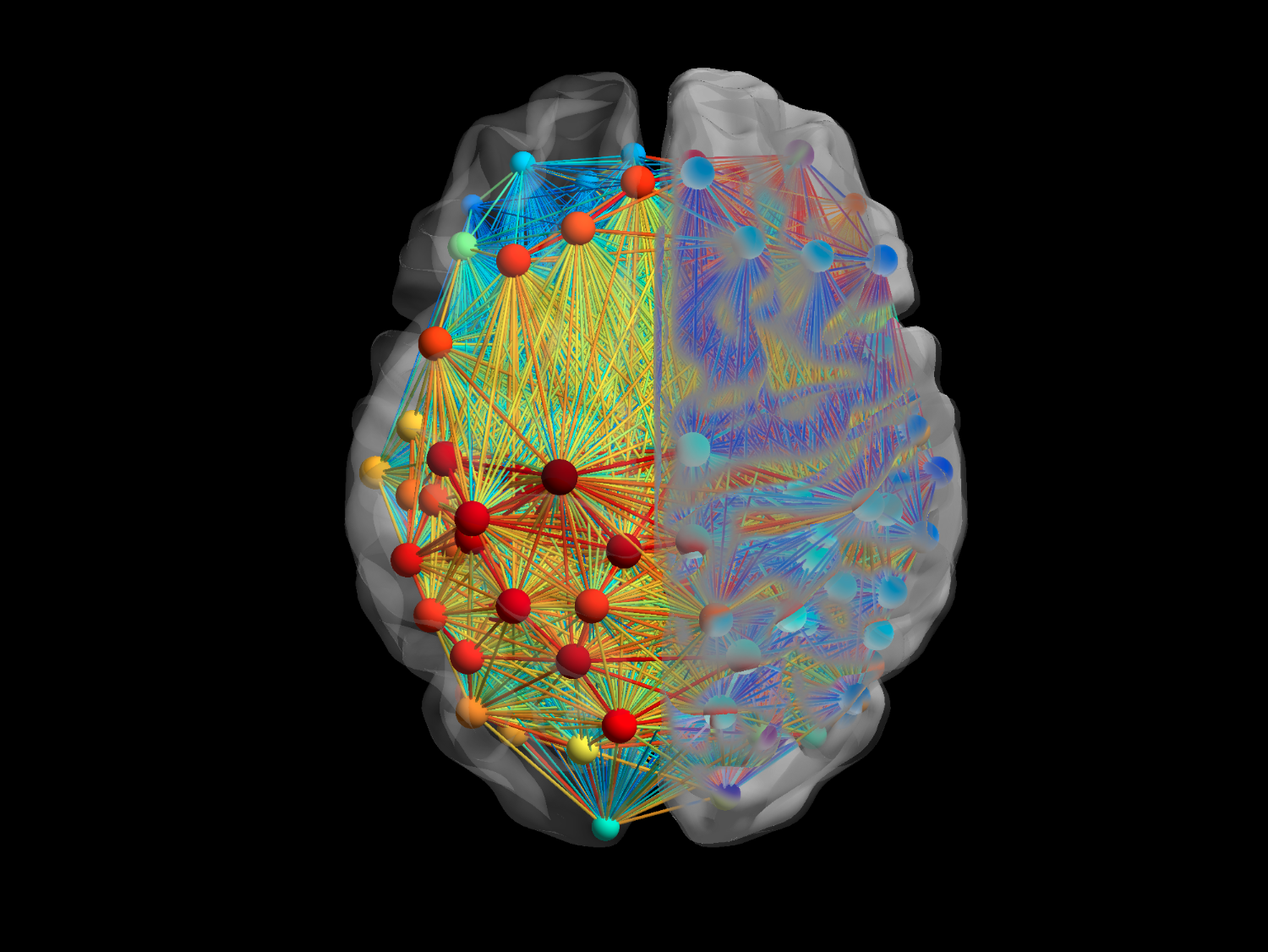7 Ways to Incorporate Brain Art in a Classroom
 The classroom is a space for children to learn in a fun, engaging environment that is meant to stimulate their learning to the maximum level. However, many teachers often miss opportunities to fully engage with their students, and one of the most commonly missed methods is through incorporating stylistic and beautiful educational art into the room. Some teachers might find this difficult depending on their subject, but there is no doubt that children of all ages respond positively to art. The brain is a common subject for educational or motivational art, and the classroom is the perfect place for it. Here are a few ways to integrate some new brain-based art into a classroom of eager minds.
The classroom is a space for children to learn in a fun, engaging environment that is meant to stimulate their learning to the maximum level. However, many teachers often miss opportunities to fully engage with their students, and one of the most commonly missed methods is through incorporating stylistic and beautiful educational art into the room. Some teachers might find this difficult depending on their subject, but there is no doubt that children of all ages respond positively to art. The brain is a common subject for educational or motivational art, and the classroom is the perfect place for it. Here are a few ways to integrate some new brain-based art into a classroom of eager minds.
-
Legitimate Brain Tissue
There is no way to deny that the brain is the most important organ in your body. Humans have been fascinated with the brain for thousands of years, and that curiosity extends to children who are just learning about the wonders of the mind. If you teach biology or any of the life sciences, it would be completely appropriate to decorate with actual samples of brain tissue, or with a fully intact brain in a jar. Just because something was once real doesn’t mean it can’t be used as art.
-
Abstract Brain Art
Perhaps you don’t teach biology, or maybe you simply don’t have access to slides of brain tissue, in which case there are other options. Abstract brain art is ideal for teachers for want to express the wonder of the brain without dealing with the real-world biological mess involved. Such art might represent a brain composed entirely of folded paper, fruits and berries, or anything that can be used to form the shape of a brain.
-
Left vs Right Brain
English teachers often discuss the idea of their students having either left-side or right-side dominance since it is thought that certain mental states are more in line with one side or the other. For instance, creativity and emotion are associated with the right brain, while logic and reason are associated with the left. This duality is a perfect source for inspiration for brain art that visually showcases the distinction.
-
Wooden Brain Models
Art is obviously not limited to what can be painted or drawn, and one researcher from the University of Oregon has created a method for carving realistic models of the human brain from beautiful wooden blocks. The results are absolutely stunning, and the models can actually be produced to reflect specific features from your own brain. By using fMRI scans, the artist creates a 3D blueprint of the brain, and the model can even be tweaked to showcase specific structures or functions in the brain.
-
Symbolic Brain Art
Symbolic brain art is a bit more difficult to categorize since it essentially includes everything that isn’t literal or abstract. Symbolic brain art might use the image of a brain as a starting point, and they will then add unrealistic features to create something that reflects an idea that doesn’t have a physical counterpart, according to Braintone Art Events. For instance, an artist might start with a drawing of a brain, but they might then advance the image by drawing thoughts emerging from the brain as physical items. With so many different ways to symbolize the connection between the human brain, education, and art, there is never going to be a shortage of this category.
-
Building Brain Models
Incorporating brain art into a classroom can also involve the students directly. While this activity might be best reserved for either an art class or a biology class, students could be given the chance to create their own 3D brain model using clay. The brain is complex enough to give children something on which to focus, but it is simple enough that just about anyone can make a passable model.
-
Student-Generated Art
As with building models of clay, children will also respond to the idea of drawing or painting a brain. This is a great way to teachers to help children learn about the brain in a direct way, and it gives them the ability to spread their artistic wings while absorbing factual information.

















